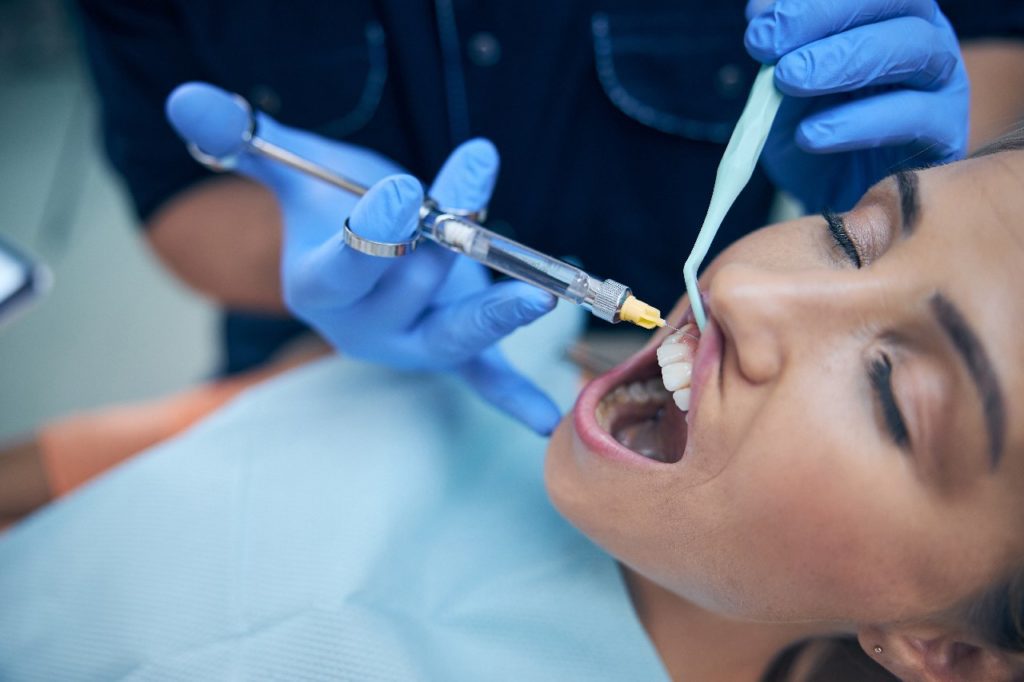Flap Surgery in Bangalore
Symptoms & Signs of Flap Surgery:
Awareness of the following symptoms is crucial because gum disease can often be painless.
- Gums that are swollen, red, sore, or bleeding.
- Gums that pull back or retreat from the tooth.
- A persistent unpleasant taste in your mouth or poor breath.
- Tooth decay.
- Visible pus around the gums and teeth.

Gum disease is treated through gingival flap surgery (periodontitis). For those with moderate or advanced periodontitis, it might be suggested. Typically, non-surgical treatment is carried out initially. Scaling and root planing are the terms used for this.
Gingival flap surgery may be utilised if conventional therapy does not resolve the gum infection. Additionally, Gingival flap surgery can be carried out concurrently with osseous (bone) surgery.
The Process:
You will first receive an injection to numb the area. The periodontist will next separate the gums and teeth using a scalpel. They’ll be raised or folded back into a flap shape. The periodontist now has direct access to the bone and root systems supporting the teeth.
Both the area in-between the teeth and any holes in the bone (defects) will have inflamed tissue removed. The periodontist will then perform scaling and root planing to remove tartar and plaque. Your periodontist may remove bone flaws if you have them. Osseous recontouring is the name given to this process. It uses revolving burs or files to round the edges of the bone.
Recovery from Flap Surgery:
- Immediately following suturing (stitches), established by a blood clot (0 to 24 hours).
- Epithelial cells move along the flap’s border one to three days after surgery, and the space between the flap and the tooth or bone is thinner.
- The blood clot is replaced one week after surgery by granulation tissue made of gingival connective tissue, bone marrow, and periodontal ligament.
